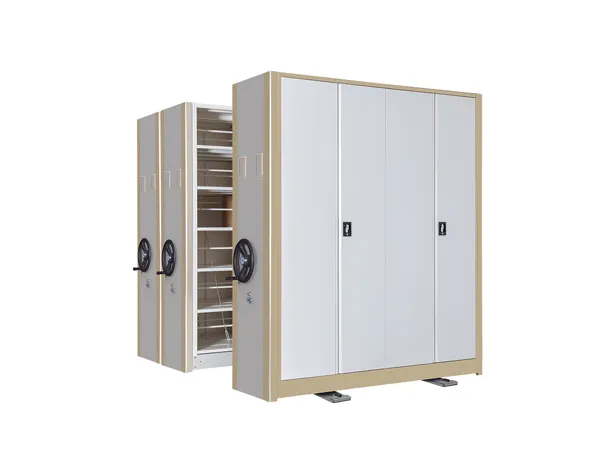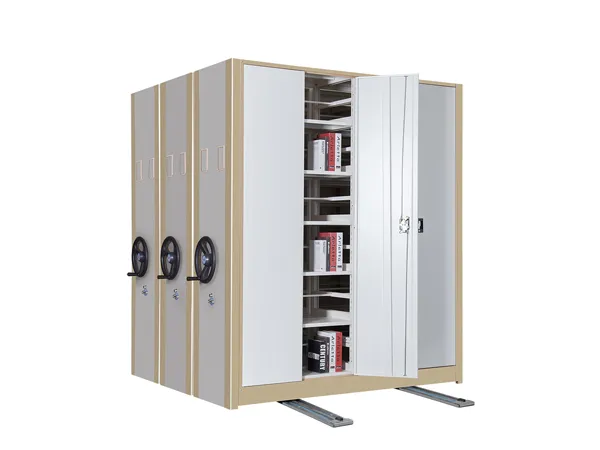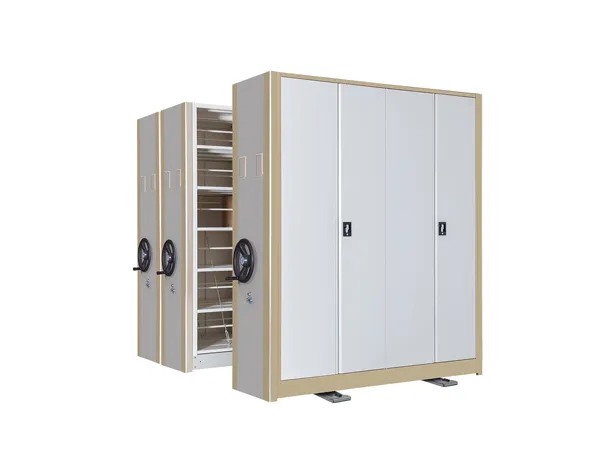In today's dynamic environments, maximizing space and ensuring efficient access to stored items is crucial. Mobile shelving systems offer a versatile and adaptable solution, addressing the limitations of traditional static shelving. This article explores the features, benefits, and applications of mobile shelving systems, providing a comprehensive overview of this innovative storage solution.

Mobile shelving systems consist of shelving units mounted on tracks or rails, allowing them to be easily moved along the track system. This mobility allows for the compaction of shelving units, creating a dynamic storage environment where aisles can be opened and closed as needed.
Increased Storage Capacity: Mobile shelving systems can significantly increase storage capacity within the same footprint compared to static shelving. By eliminating the need for fixed aisles, more space can be dedicated to storing items.
Improved Space Utilization: The ability to compact and expand shelving units optimizes space utilization. This is particularly beneficial in environments with limited space or where storage needs fluctuate.
Enhanced Accessibility: Mobile shelving systems provide easy access to stored items. Users can simply move the shelving units to create an aisle where needed, eliminating the need to navigate through fixed aisles.
Flexibility and Adaptability: These systems are highly adaptable to changing needs. Shelving units can be easily reconfigured or relocated to accommodate different storage requirements.
Improved Organization and Efficiency: Mobile shelving systems promote organization and streamline workflows. By facilitating quick and easy access to stored items, they save time and enhance overall operational efficiency.

Manual Mobile Shelving: These systems are manually operated by pushing or pulling the shelving units along the tracks. They are cost-effective and suitable for applications with lighter loads.
Mechanically Assisted Mobile Shelving: These systems utilize a hand crank or chain drive mechanism to move the shelving units, making it easier to operate heavier loads.
Powered Mobile Shelving:** These systems are electronically powered and offer effortless movement of even the heaviest loads. They often come equipped with safety features and programmable controls.

Mobile shelving systems find application in a wide range of environments, including:
Libraries and Archives: For storing books, documents, and archival materials.
Museums and Galleries: For storing artifacts, artwork, and exhibition materials.
Warehouses and Distribution Centers: For optimizing storage space and improving picking efficiency.
Offices and Businesses: For storing files, documents, and office supplies.
Retail Stores: For maximizing product display and backroom storage.
Conclusion
Mobile shelving systems offer a flexible, efficient, and space-saving storage solution for various applications. Their adaptability, improved accessibility, and space optimization capabilities make them a valuable investment for organizations seeking to enhance their storage and operational efficiency.